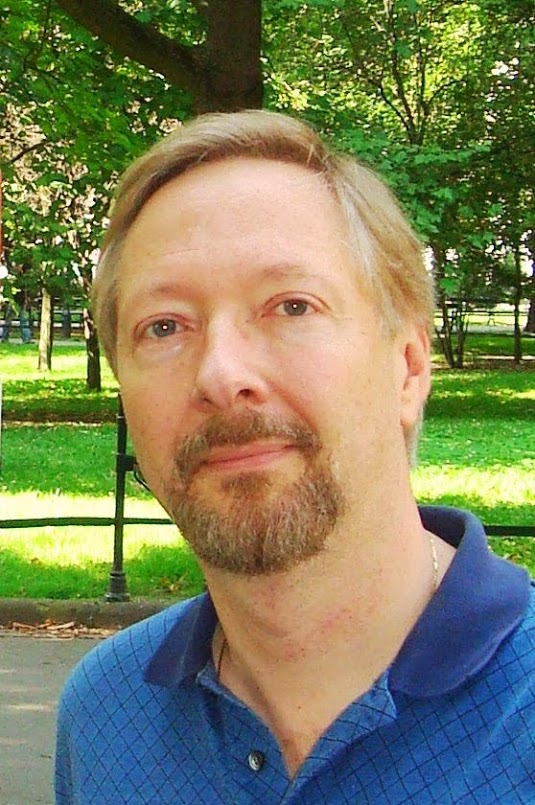DAVID SPEEDIE: I'm David Speedie, director of the program on U.S. Global Engagement at the Carnegie Council for Ethics in International Affairs. Welcome to another of our Security Bulletins.
These bulletins have in the past few weeks been following closely the developing and escalating crisis in Ukraine. We have been talking regularly with Dr. Nicolai Petro, from Odessa. Dr. Petro, a professor of international relations at the University of Rhode Island, is on a Fulbright Fellowship this year in Odessa and southern Ukraine.
Hitherto, we have been asking Dr. Petro to really follow events in other parts of Ukraine, beginning in Crimea and then in Eastern Ukraine and the Donbas region, where the crisis first developed. But over the weekend, this hit all too close to home for Nicolai Petro, with the deaths of at least 40 people in unrest that had spread to Odessa.
It's for that reason that we're delighted to have you here with us again, Nicolai, safe and sound, to follow up with a report from Odessa. Welcome back to the Carnegie Council.
NICOLAI PETRO: On this somber occasion.
DAVID SPEEDIE: Yes indeed.
First and foremost, Nicolai, how are you? How is your family? What is the situation in Odessa? Just begin with an overview of the general situation.
NICOLAI PETRO: We personally are doing just fine. We go out and about our daily routine as usual. But, as my wife was pointing out to me just recently, everywhere she has been, people are talking about what happened and why. It can be at the gym, in the marketplace, after church. It's a topic of persistent conversation.
The interesting thing, to my mind, is that people are still in the process of trying to figure out exactly what happened. There is clearly a reluctance to rely on the available news sources. I would say that there are three primary sources of news. One is the Ukrainian media. Another is the Russian media. Although its broadcasting has been suspended by the Ukrainian authorities since March 8, nevertheless a large number of people obviously are watching Russian news through the Internet. The third is blogs and social networks, where people are sharing an enormous amount of video that they have captured.
Each of these provides a distinctive perspective. I would say that the social media has become a real partner or a real contributor to this debate that challenges, in many instances, the official Ukrainian version of what happened on May 2.
DAVID SPEEDIE: Can you give us some details specifically as to the points of contention between the social media and the official Ukrainian version?
NICOLAI PETRO: The official version, as presented on major Ukrainian channels, suggests that the pro-Maidan forces were conducting a peaceful march in the center of the city when they were attacked by the anti-Maidan forces.
Sometimes it is suggested that the anti-Maidan forces brought in additional reinforcements from out of town or that they were not native Odessans.
Then in that clash, in addition, it is suggested that the anti-Maidan forces used weapons to shoot at the pro-Maidan forces, who then resorted to commandeering a fire truck to defend themselves.
Once that had calmed down a bit, a group of pro-Maidan individuals went down to Kulikovo Field, which is about a mile and a half from where the original events occurred. The suggestion in the official media is that they were chasing the anti-Maidan forces, who had weapons, to the tent city where the anti-Maidan forces had set up and that, in the process of pursuing them, they then destroyed the tent city and pursued them into the building.
Now, most recently, the local internal security forces, which have all been replaced here in Odessa during the last few days--apparently the new head had suggested that the people inside the building who were defending themselves accidentally set fire to themselves, and that's how the majority of deaths occurred.
(Note: You can view every article as one long page if you sign up as an Advocate Member, or higher).





